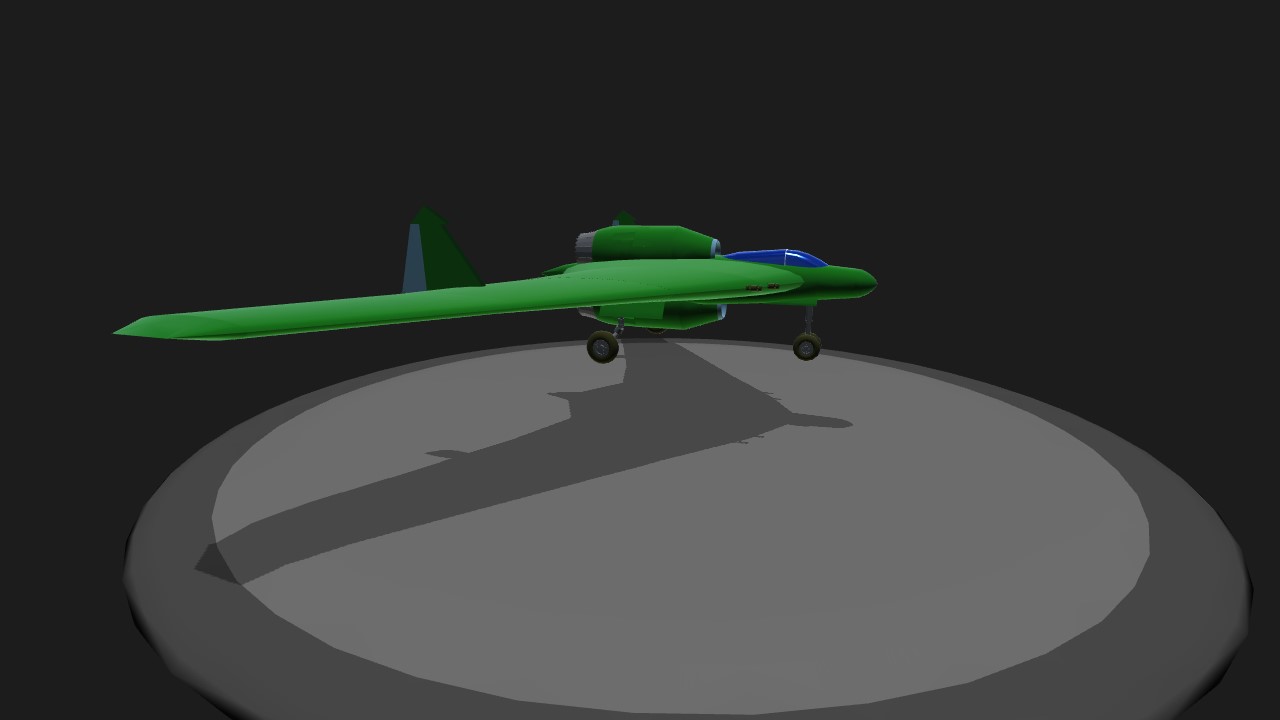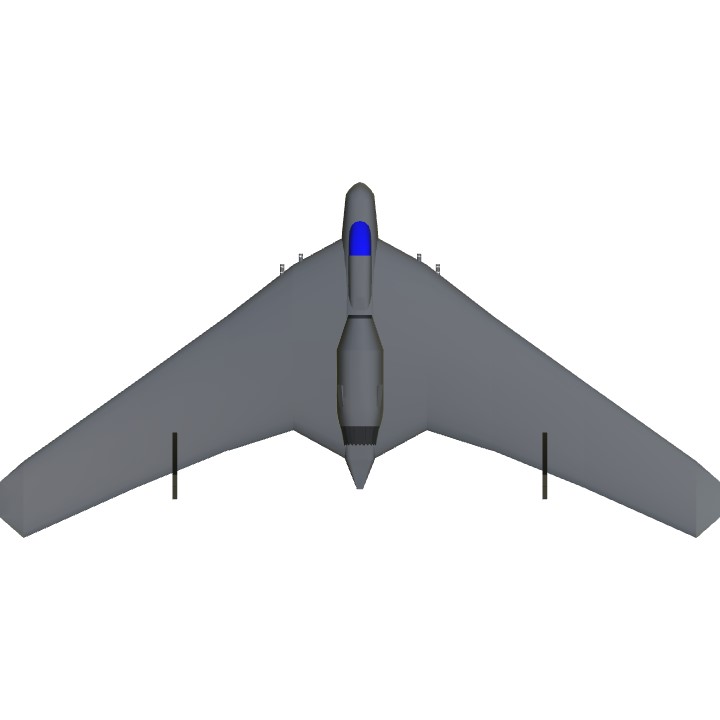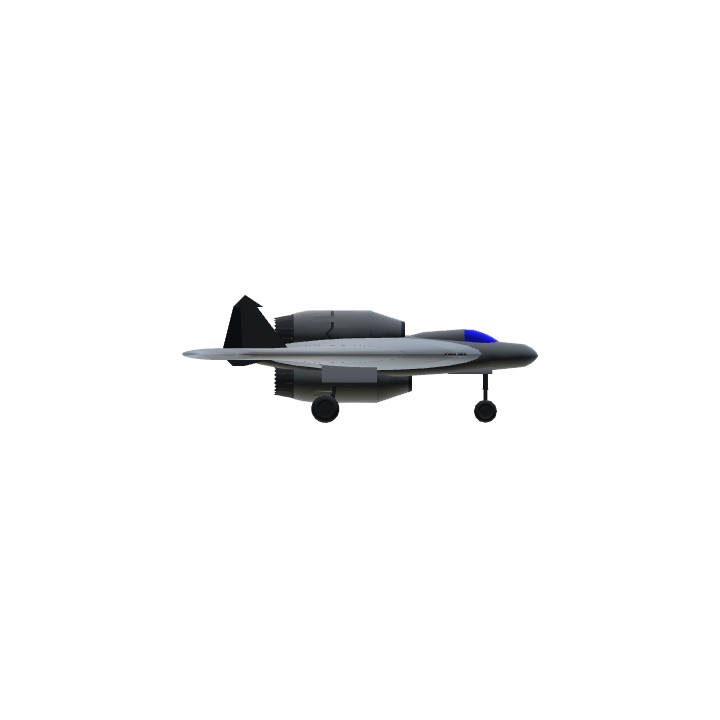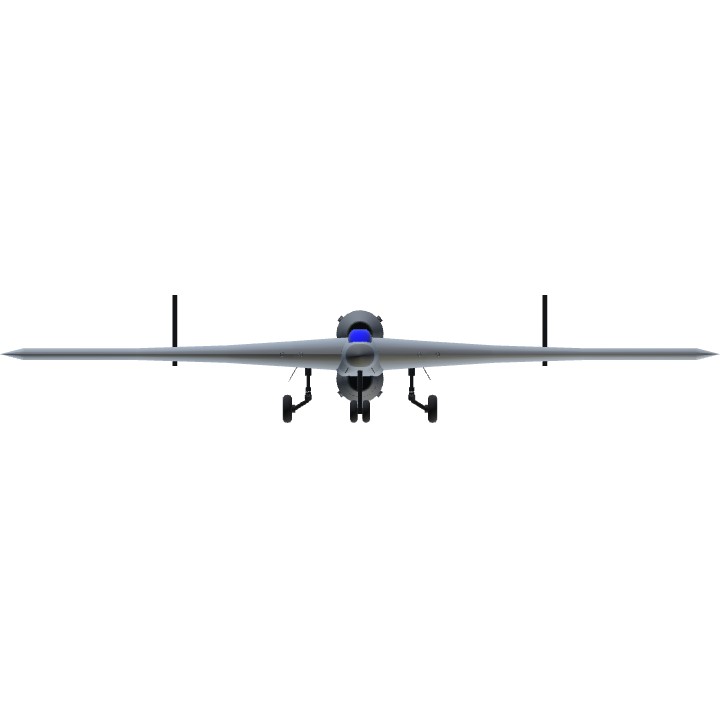the Project 60C was an enlarged and lengthened version of that preceding design and featured a crew of two or three seated conventionally. The Project 60B was dimensionally smaller and forced its pilot to lie prone - a rather unconventional way to fly an aircraft especially over long periods of time. The Project 60C was to be powered by a combination of turbine jet engines and a rocket booster. This pairing would enable the aircraft to reach exceptional speeds and altitudes in a short amount of time. Jet propulsion would be provided through 2 x Heinkel-Hirth HeS 011 series turbine engines developing 2,866lbs of thrust each. Added power would be supplied by 1 x Walter HWK solid-fueled booster rocket managing an output of 4,400lbs thrust. The booster rocket would be used during the initial take-off action and assist the aircraft in achieving altitude within minutes. The engines would be paired in an "over-under" fashion at the rear of the fuselage and held externally for ease of maintenance and replacement by ground personnel.
Specifications
General Characteristics
- Predecessor Gotha P60A
- Created On iOS
- Wingspan 50.0ft (15.2m)
- Length 24.7ft (7.5m)
- Height 8.8ft (2.7m)
- Empty Weight 15,378lbs (6,975kg)
- Loaded Weight 25,777lbs (11,692kg)
Performance
- Power/Weight Ratio 2.615
- Wing Loading 70.6lbs/ft2 (344.8kg/m2)
- Wing Area 365.0ft2 (33.9m2)
- Drag Points 4780
Parts
- Number of Parts 50
- Control Surfaces 6
- Performance Cost 352






